The Price of Stability: Unpacking Korea's Sweeping Economic Commitments to the US
Unpack Korea's landmark US economic deal. Beyond tariff cuts, explore massive investments and energy buys. Is this a shrewd strategy for stability or a costly compromise? Discover the true price of trade certainty.

The Landmark Agreement: Immediate Gains in Tariff Relief
A significant trade breakthrough has been announced between and the , with , the Deputy Prime Minister and Minister of Economy and Finance, leading the Korean delegation. This agreement, coming after intense negotiations involving multiple ministries, is set to immediately alleviate tariff burdens for key Korean exports. Starting August 1, mutual tariffs, including those under Section 232 on automobiles, will see a notable reduction from 25% to 15%. This move is expected to significantly ease the financial strain on Korean companies, particularly given that exports to the U.S. account for roughly 19% of Korea's total global exports. Crucially, the deal ensures that Korea receives treatment no less favorable than other nations for future potential tariffs on sensitive items like semiconductors and pharmaceuticals. This parity is vital, especially as major competitors like and the have recently concluded similar agreements, preventing a potential loss of competitiveness for Korean industries. While the government hails this as a major achievement for securing export stability, some domestic voices, like leader , have already begun to question the overall cost, hinting at a much larger economic commitment that extends far beyond simple tariff adjustments.
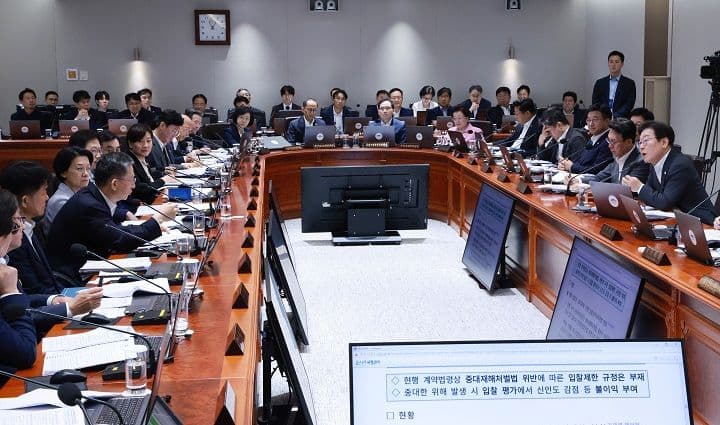
Beyond Tariffs: Korea's Multi-Billion Dollar Strategic Investments
The true depth of Korea's commitment to the U.S. economic partnership becomes clear when looking past the headline tariff reductions. The agreement outlines staggering financial pledges designed to bolster strategic American industries. Korea has committed to establishing a $150 billion shipbuilding cooperation fund, earmarking these vast sums for projects ranging from the acquisition and expansion of U.S. shipyards to direct investments in vessel construction, maintenance, repair, and even shipbuilding materials. This initiative aims to foster a robust shipbuilding ecosystem within the United States, driven by Korean corporate demand. Furthermore, an even larger $200 billion investment fund will be established, targeting critical sectors deemed vital for economic security: semiconductors, nuclear power, batteries, biotechnology, and essential minerals. This fund will provide a mix of direct investments, loans, and loan guarantees. Complementing these financial commitments, Korea has also pledged to ease specific non-tariff barriers identified in the U.S. Trade Barrier Report, such as recognizing U.S. automobile safety standards to improve market access for American goods. Adding to this substantial outlay, Korea has agreed to purchase $100 billion worth of U.S. energy over the next four years, a move intended to rebalance the trade structure. The cumulative sum of these commitments, totaling approximately $450 billion, immediately raised eyebrows and sparked a national debate over the scale of the economic outlay.
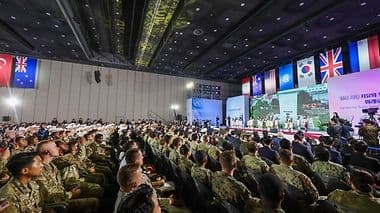
The Geopolitical Imperative: Why Such Deep Commitments Now?
The sheer scale of Korea's economic commitments, particularly the $450 billion in strategic investments and energy purchases, prompts a fundamental question: why now? The answer lies less in pure market economics and more in the complex tapestry of global geopolitics. In an era marked by increasing supply chain vulnerabilities, heightened technological competition, and a shifting global power balance, economic security has become paramount. For , a nation heavily reliant on international trade and advanced manufacturing, securing stable access to critical technologies and materials is not merely a commercial goal but a strategic imperative. The looming August 1 tariff deadline, coupled with the need to ensure competitive parity with rivals like and the , undoubtedly pressured Seoul. However, beyond immediate trade concerns, these deep commitments reflect a calculated effort to solidify the alliance with the . By investing directly in key U.S. industries and energy, Korea is effectively embedding its economic future with that of its most crucial security partner. This move can be seen as a proactive measure to future-proof its economy against potential disruptions and to gain preferred partner status in a world increasingly defined by economic blocs and protectionist tendencies, even if it comes at a significant financial cost that has been openly debated domestically.
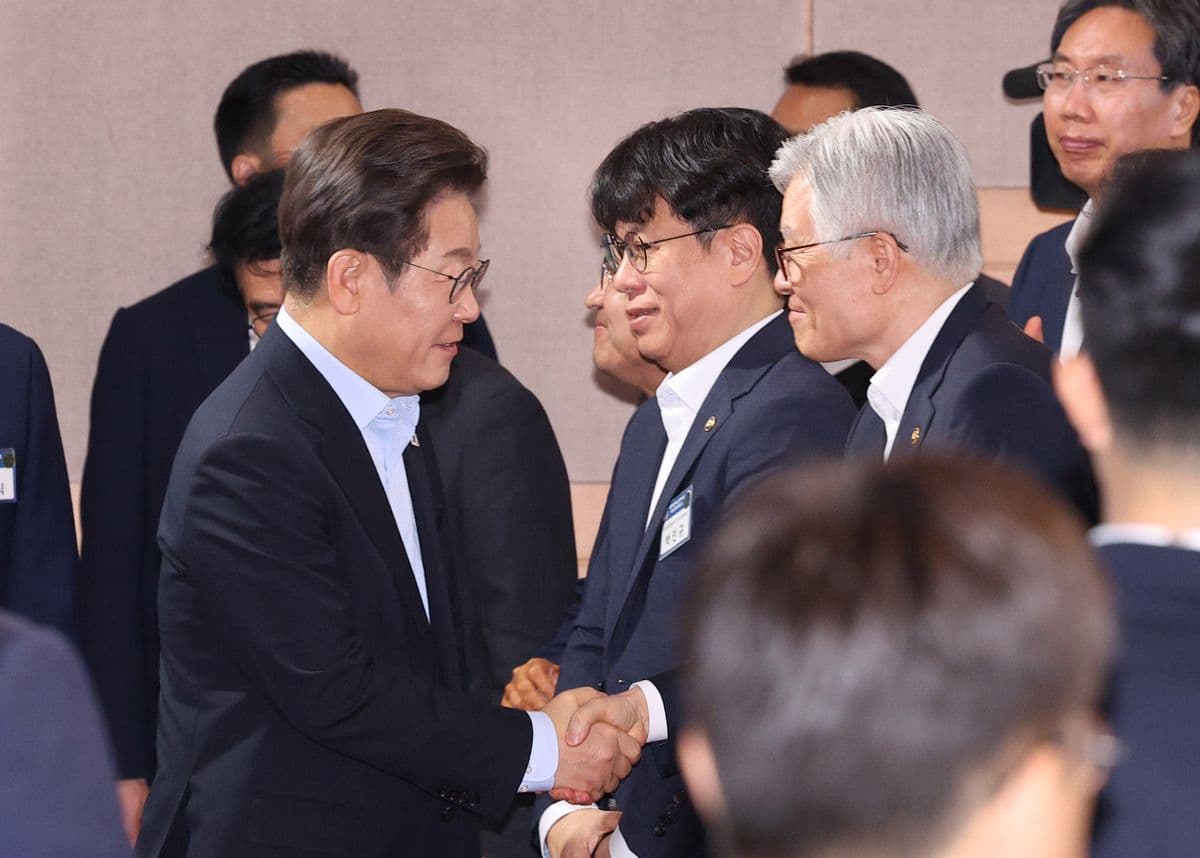
Weighing the Scales: Benefits Against the Economic Outlay
Evaluating the economic agreement requires a careful balancing act, juxtaposing the immediate and long-term benefits against the substantial financial outlay. On the upside, the tariff reductions offer tangible relief for 19% of Korea's global exports, providing much-needed certainty in an unpredictable trade environment. Achieving competitive parity with and the is a significant win, preventing a potential decline in market share for Korean products. Furthermore, the promise of favorable treatment for future Section 232 tariffs on critical sectors like semiconductors and pharmaceuticals offers a crucial layer of protection for Korea's high-tech industries. As Deputy Prime Minister emphasized, the ability for Korean companies to compete on equal or even superior terms is a major achievement. However, the economic cost of this stability is undeniably high. The $450 billion commitment, criticized by some as excessive, represents a massive investment that some argue might have been partially driven by the desire to secure a summit or deeper diplomatic ties. The relative disadvantage for Korean auto exports, moving from zero tariffs to 15%, is a specific point of concern. Moreover, the ambiguity surrounding agricultural market opening, highlighted by 's remarks, adds another layer of complexity. Ultimately, this agreement presents a clear trade-off: a hefty upfront investment for enhanced economic security and diplomatic certainty.
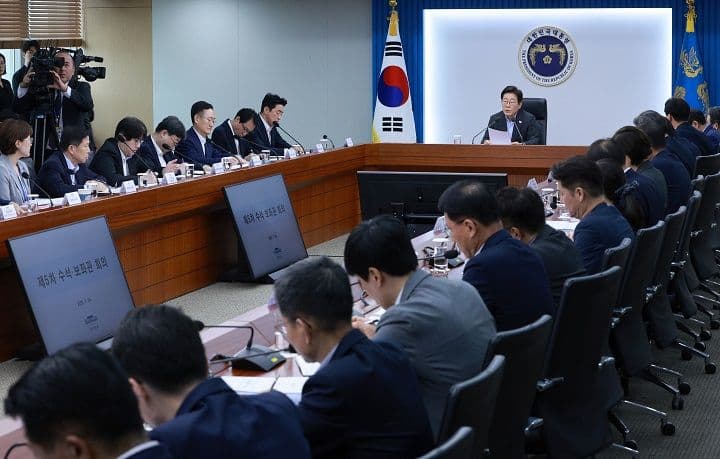
Charting the Future: A New Blueprint for Economic Statecraft
This comprehensive economic agreement is more than a trade deal; it's a strategic blueprint for Korea's future economic statecraft in a volatile world. As , Head of Trade Negotiations Bureau, aptly noted, while export uncertainty to the U.S. has been somewhat alleviated, the fundamental structural changes in the global trade environment persist, demanding continuous preparedness. The agreement signals a profound shift in Korea's approach, moving beyond traditional market access negotiations to a deeper, more integrated economic partnership driven by shared economic security interests. This entails a concerted effort to diversify supply chains, secure access to critical technologies, and foster resilient industrial cooperation, particularly in cutting-edge fields. The , alongside other relevant ministries, will be instrumental in guiding Korean businesses through these new investment landscapes, ensuring that the substantial financial commitments translate into tangible long-term benefits for national competitiveness. While the broad agreement is in place, Minister 's call for further detailed discussions underscores that this is an evolving relationship. The ultimate success of this strategy will hinge on Korea's ability to leverage these deep commitments to secure not just diplomatic certainty, but genuine and sustainable economic stability for decades to come.
Related Articles

Seoul's Strategic Gambit: How Investment Becomes the New Currency in Global Trade Deals

Seoul's Strategic Gambit: How Investment Becomes the New Currency in Global Trade Deals
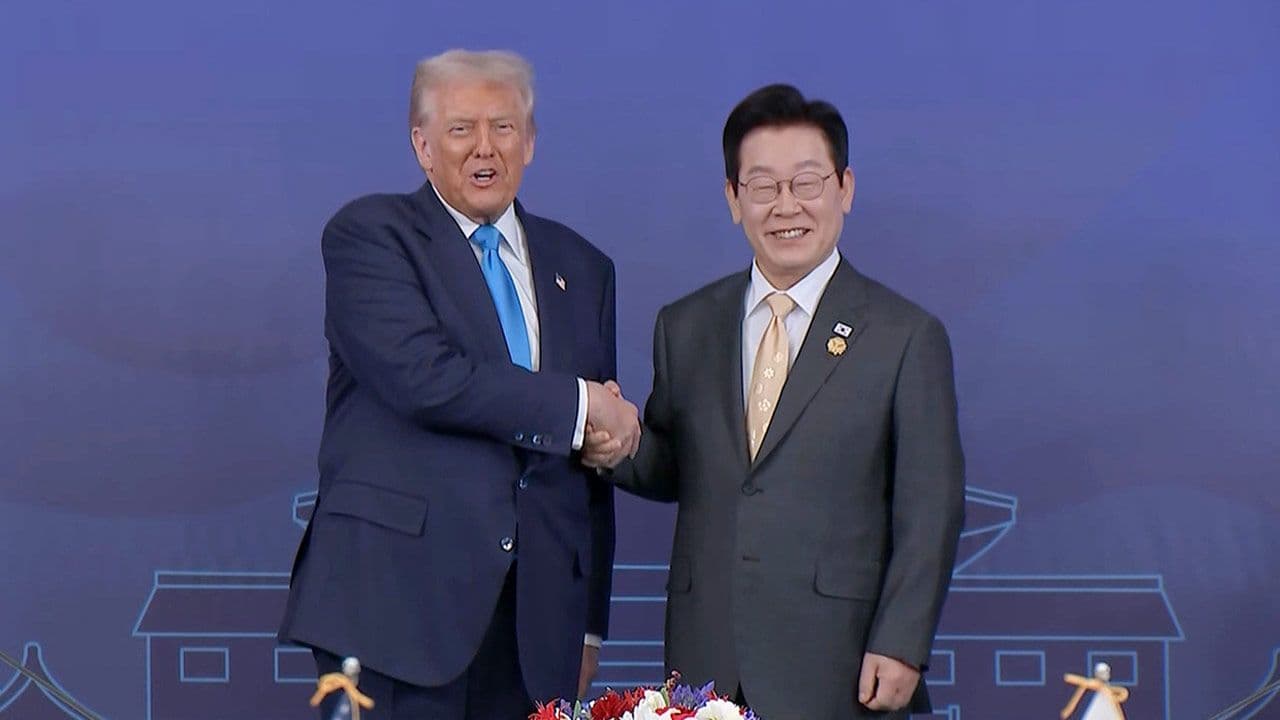
The Unseen Architects of Agreement: Decoding Global 타결 in a Volatile Era

The Unseen Architects of Agreement: Decoding Global 타결 in a Volatile Era
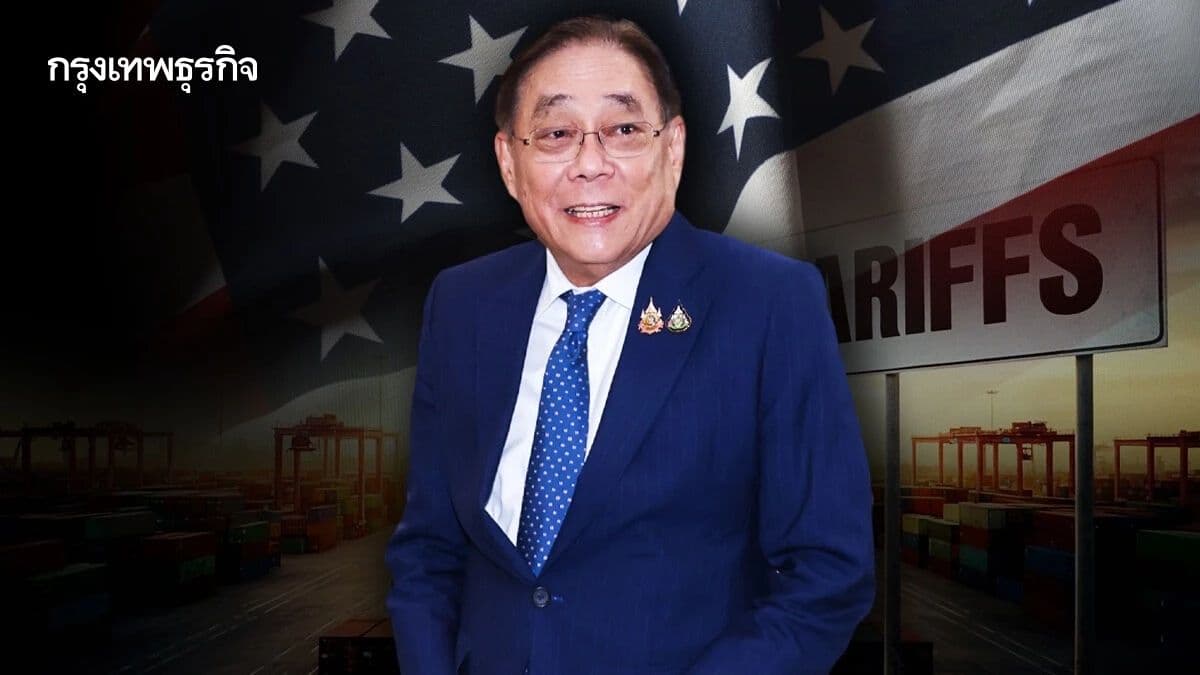
Beyond Tariffs: Unpacking the US-Thai Grand Bargain of 2025

Beyond Tariffs: Unpacking the US-Thai Grand Bargain of 2025
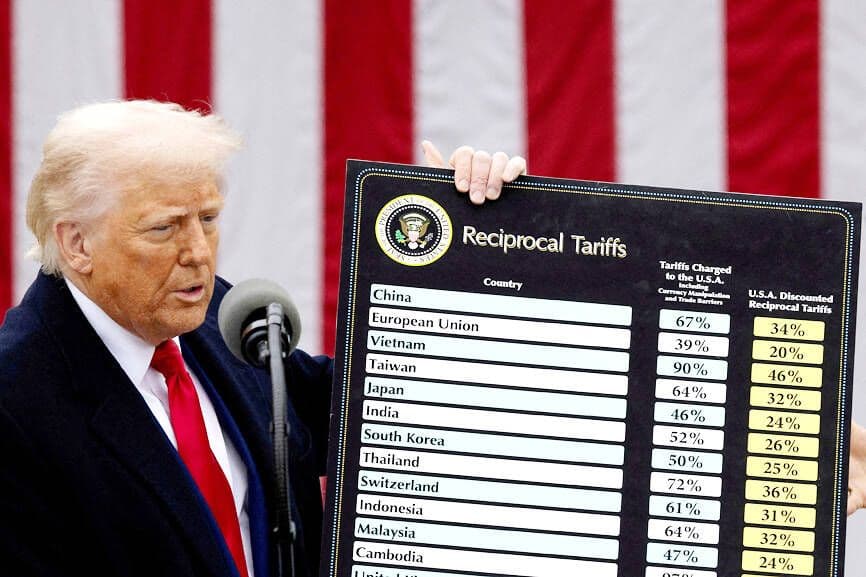
The Price of Preferential Treatment: Taiwan's High-Stakes Tariff Calculus
